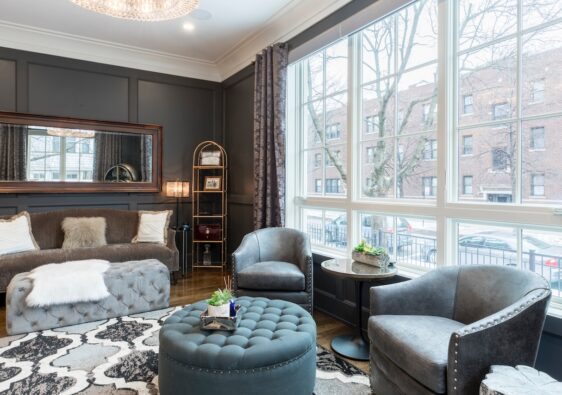We may understand the health effects of UV radiation, but did you know that glass doesn’t block all UV rays? We often don’t think of exposure to the sun when we’re driving or in our homes, but it’s still a risk.
Window tints help provide more protection against the sun than blinds or window coverings. That said, how do you know the best home window tint percentage?
Here’s what you need to know before you install a home window tint.
UVA and UVB Rays
The sun emits both UVA and UVB rays. UVB rays are responsible for causing sunburn and are linked to causing skin cancers, such as malignant melanoma. However, UVA rays penetrate more deeply into the skin and can cause premature skin aging.
Ideally, you need to protect yourself from both UVA and UVB rays.
It’s true that glass blocks almost all UVB rays, so your chances of getting a sunburn while sitting next to the window are almost non-existent. That said, UVA rays are closer to the visible spectrum and they can, unfortunately, pass through ordinary glass.
In fact, 75% of UVA rays pass through ordinary glass.
Window tints can block most of those UV rays, protecting you and your family at home. Using a window tint can also help with keeping your home cooler, reducing glare, and protecting your furnishings from UV damage.
What’s the Best Home Window Tint Percentage?
Before we go over more about a home window tint film, it’s important to understand visible light transmission (VLT). The percentage listed on a window tint tells you how much light can pass through.
So, a higher VLT allows more light to filter through the windows. Low-percentage VLT windows, such as those around 10%, let very little light into the house. Privacy films are around 20% or lower.
The more light a window film blocks, the more heat it blocks as well. That’s why it’s key to find the perfect percentage to block harmful UV rays without making the home too dark.
Most homeowners will choose a window tint around the 35% range. At this level, the home window tint blocks glare and heat without taking away too much natural light. Another common percentage homeowners opt for is 49%, which can significantly help with glare without reducing much visibility.
The best window tint percentages may vary depending on where you live and how much sun you get through your windows. The best window tint installers will be able to walk you through the different options and offer suggestions to help you decide.
Installing a Residential Window Tint
It’s tough to envision the best home window tint percentage without seeing how much of a difference a tint can make. The best option is to have a window tint company show you your options. That way, you can decide what percentage to choose.
Are you interested in learning more about window tint types or other ways to improve your home? Check out some of our real estate and home-related articles to find advice.



